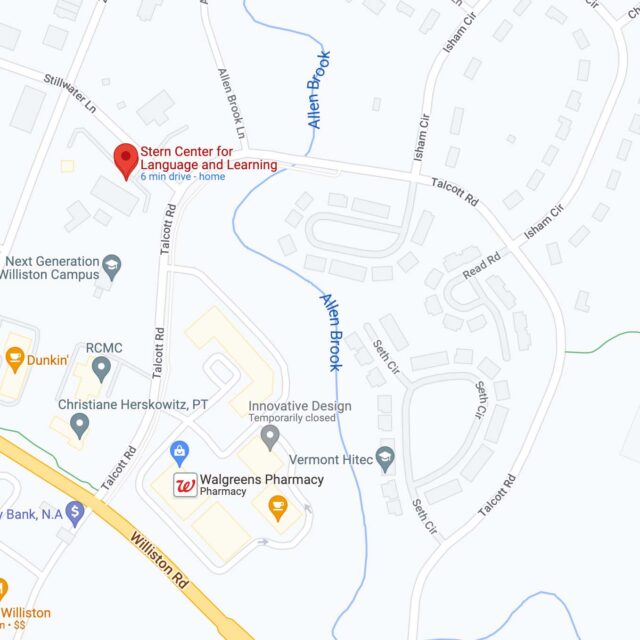National Public Radio delves into the most common learning disability, dyslexia, with insights from Gabrielle Emanuel of the NPR Ed team. While recorded in 2016, the information is still relevant today.
Science of Reading
Free Two-Part Adolescent Interactive Workshop Series
In this free, two-part virtual workshop series facilitated by Monica Crumback, B.A., C-SLDI, you will explore the ways in which adolescent students are impacted by long-term reading struggles. You’ll have the opportunity to interact, ask questions, and learn about instructional practices to help support students.
Discovering Student Insights with Year-End Surveys
As the school year winds down into spring and summer break looms on the horizon, we often find ourselves entertaining both our anticipation of the future and our reflections on the past year. It’s a perfect time to engage our students in some of that reflective work as well.
Cognitive Load Theory and Learning
One of the most critical considerations we can take as educators is how to work with our students’ brains instead of against them. Cognitive Load Theory, or CLT, is based on the work of educational psychologist John Sweller and his colleagues in the 1980s and explores mental effort’s impact on learning. Learners struggle when information overload clogs their working memory.
Abby Roy, NCSP, C.A.G.S., Highlights Dyslexia Awareness and Literacy Bill Impact on Vermont Public
Abby Roy, NCSP, C.A.G.S., Highlights Dyslexia Awareness and Literacy Bill Impact on Vermont Public
From Anecdotes to Action: Using Data to Drive Instruction
Data is an incredibly important tool in education, as we think about what our students currently know and are able to do, and the goals we set for them in terms of how we want them to progress and develop their knowledge and skills. There is no shortage of assessments, and there is no limit to the amount of anecdotal and observational data we can collect on our students. Thinking about our assessment landscape can help us figure out which data we are gathering that are actionable, and how to look at many different data points to make instructional decisions.
